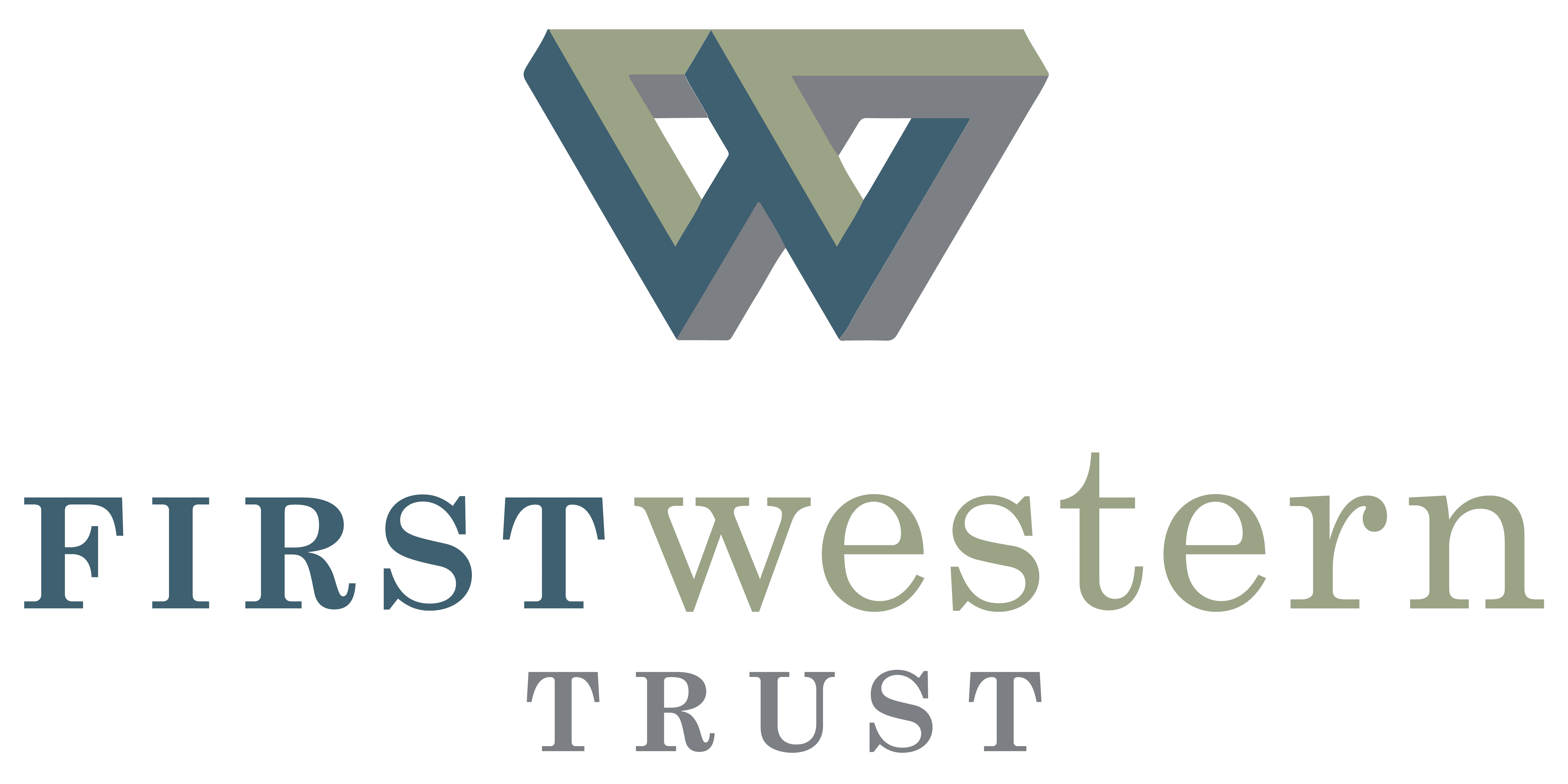
Week in Review: October 1, 2021
October 4, 2021
Recap & Commentary
Markets endured a difficult week buffeted by a number of issues. At a time when inflation was supposed to be moderating and global supply chains normalizing, global headlines raised doubts about both. Political gridlock also crept into the picture as Congress engaged in its now time-honored tradition of playing chicken with both the budget and debt ceiling.
While official readings of inflation have pointed to prices moderating, or at least plateauing, recent headlines have suggested otherwise. In China, soaring coal prices have resulted in reduced electricity generation, impacting numerous industries ahead of the all-important holiday shopping season. In the United Kingdom, a severe truck driver shortage has resulted in over 2,000 petrol stations closing due to a lack of fuel. And in the United States, over 70 container ships sit offshore waiting to unload at the Port of Los Angeles, reflecting strong consumer demand and a shortage of both trucks and drivers to move the freight to its final destination.
At a panel hosted by the European Central Bank (ECB), the heads of the U.S. Federal Reserve, ECB, Bank of England, and Bank of Japan all acknowledged the recent spike in inflation and the likelihood that it will remain elevated in the near term thanks to snarled global supply chains.
Concerns about inflation, coupled with expectations that the Fed, ECB, and Bank of England all likely will take steps soon to remove stimulus, helped push the 10-Year Treasury to a mid-week high of 1.54%, its highest level since June.
Economic Bullet Points
The Fed’s preferred inflation measure, core personal consumption expenditures (core PCE), increased 0.3% from August, and 3.6% from a year ago. Those readings equaled the increases recorded in August. While the annual reading was well above the Fed’s 2% target, the central bank continues to expect the current bout of inflation to be temporary, even as it acknowledges that current prices will likely remain elevated for longer than initially expected.
Durable goods orders jumped 1.8% in August, more than twice the expected 0.7% increase, even as factories continue to struggle with supply chain related issues. Core business spending rose a solid 0.5%.
Measures of consumers’ attitudes towards the economy in September were mixed, as confidence fell slightly to a seven-month low, while sentiment rose slightly. At current levels, both surveys suggest that consumers remain wary, likely due to concerns about the Delta variant and higher inflation.
Pending home sales jumped 8.1%, far higher than the expected 1.4% increase. The increase was largely attributable to a recent moderation in price increases, improving inventory, and continued strong demand.
Manufacturing activity increased in September, according to industry group ISM. Despite supply chain issues, demand remains strong. After a slight contraction in August, employment increased again in September.
Of Note
Congress passed a short-term funding bill on Thursday, thereby avoiding an imminent government shutdown. The bill funds the government through December 3. There appeared to be little headway, however, on raising the nation’s debt ceiling, which if not done by October 18, risks the U.S. defaulting on its debts.
| S&P 500 | -2.2% |
| Small Caps | -0.3% |
| Intl. Developed | -3.3% |
| Intl. Emerging | -1.5% |
| Commodities | 2.0% |
| U.S. Bond Market | -0.1% |
| 10-Year Treas. Yield | -1.46% |
| US Dollar | 0.8% |
| WTI Oil ($/bl) | $76 |
| Gold ($/oz) | $1,757 |
The Week Ahead
- September Employment Report
- ISM Services
- Weekly Jobless Claims
Newsletter Sign Up
Insights
Maximizing Your Stock Options: A Guide to RSUs, ESPPs, and Equity Compensation
As a high-earning individual or executive, a significant portion of your compensation is likely tied to equity—whether through stock options, […]
Learn more

Week in Review: October 18, 2024
Recap & Commentary Markets ended the week modestly higher, with the S&P 500 notching its 6th consecutive weekly gain, the […]
Learn more

Week in Review: October 11, 2024
Recap & Commentary Markets ended the week with the S&P 500 at a new record high while notching its fifth […]
Learn more

Building Financial Resilience: The Role of Commercial Lending in Managing Business Cash Flow
Effective cash flow management is essential for the success of any business to cover operational expenses, navigate seasonal fluctuations, and […]
Learn more

October 2024 Market Commentary
In a scene reminiscent of the start of August, markets stumbled again to begin September, as disappointing manufacturing and labor […]
Learn more










